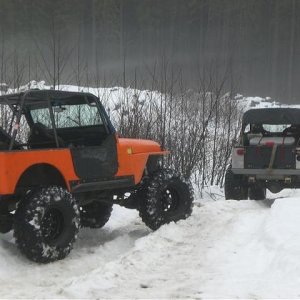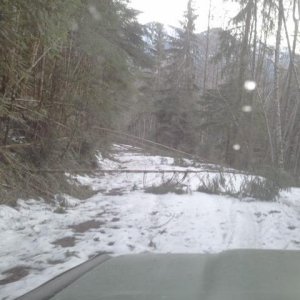clemsonjeep
Well-Known Member
This single CV is a big step up...especially with the turbo. Ive driven it a few times with the turbo disconnected and it still feels stronger than the stock TBI setup.
The individual carbs are great...biggest improvement is getting rid of the stock intake manifold which has always been a huge limiter for the 1.3 & 1.6 motors.
My motor was a CL find. No idea how many miles.
The individual carbs are great...biggest improvement is getting rid of the stock intake manifold which has always been a huge limiter for the 1.3 & 1.6 motors.
My motor was a CL find. No idea how many miles.















